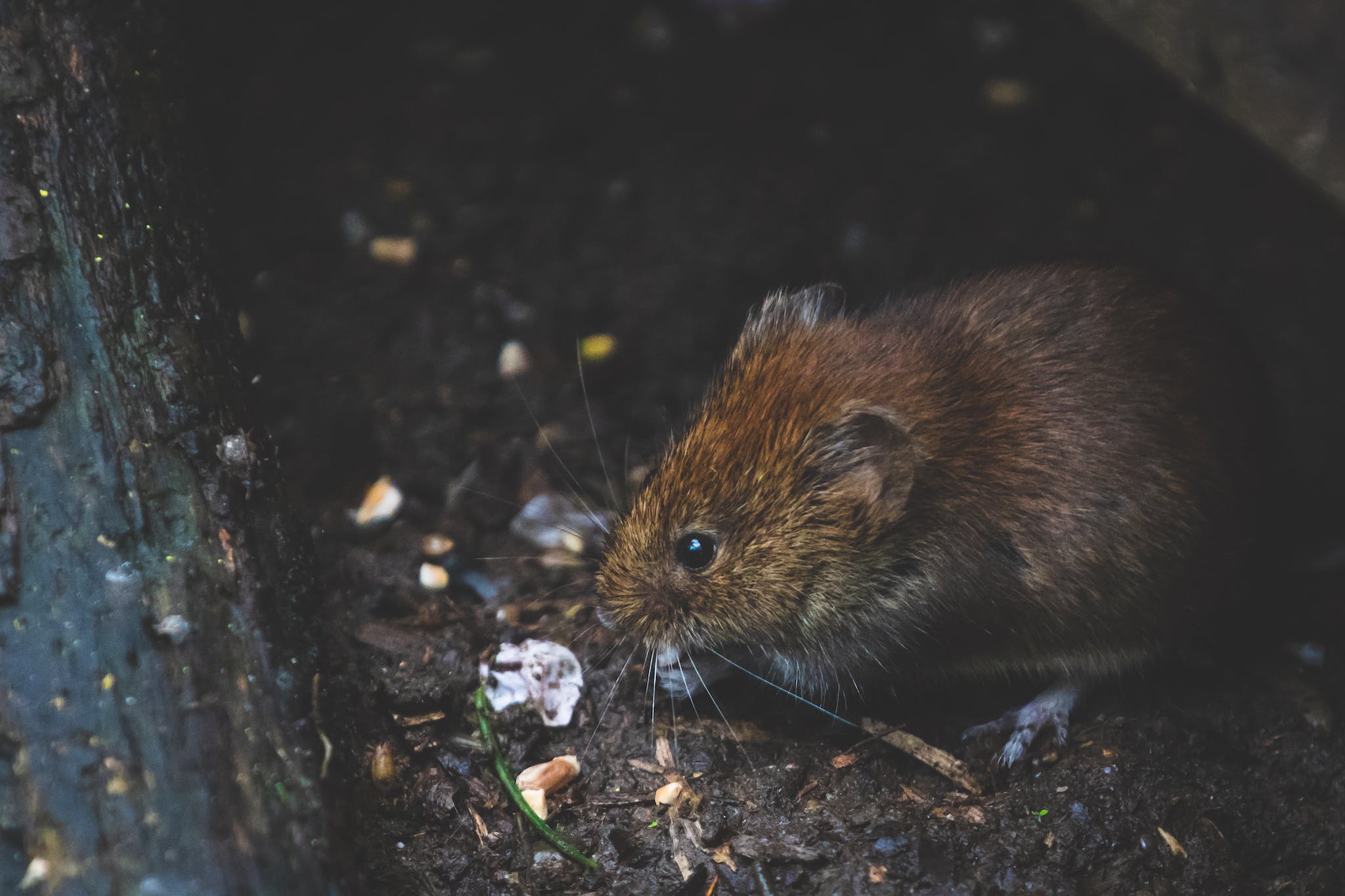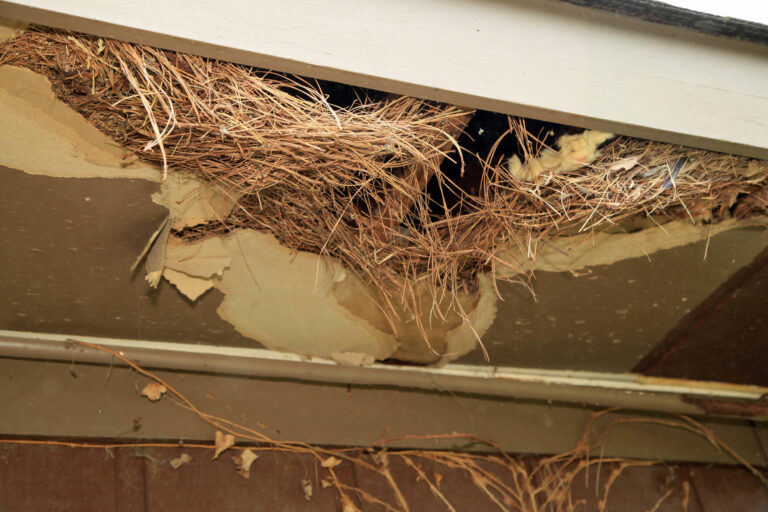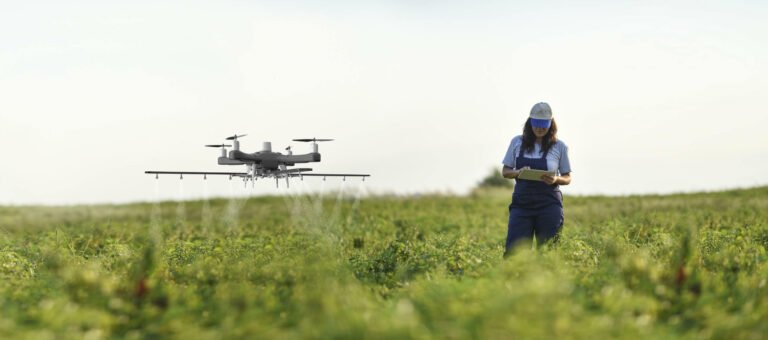Climate Change and Pests: What Californians Need to Know
Did you know that climate change has led to a significant increase in pest populations in California?
In this guide, we will explore the impact of climate change on pests and what you, as a Californian, need to know.
From common pests affected by climate change to understanding how it promotes pest infestations, we will delve into the negative consequences of pest outbreaks in the state.
Furthermore, we will provide you with strategies to prevent and manage pest infestations, as well as highlight the role of agriculture in combating both climate change and pests.
Stay informed and take action with the resources we offer, so you can protect your home and environment from the growing threat of pests in California.
Impact of Climate Change on Pest Populations
Climate change affects pest populations in California. As temperatures rise and weather patterns shift, pests are finding more favorable conditions to thrive. Warmer winters and longer growing seasons create an ideal environment for pests to reproduce and spread.
For example, the increased heat allows mosquitoes to breed more frequently and expand their range, leading to a higher risk of diseases like West Nile virus. Additionally, rising temperatures can disrupt the natural balance between pests and their natural predators, allowing pest populations to grow unchecked. This imbalance can have devastating effects on agriculture, as pests such as aphids and beetles can destroy crops and reduce yields.
Climate change also affects the behavior of pests, making them more resilient and adaptable to changing conditions. This means that traditional pest control methods may become less effective, requiring new strategies to manage infestations.
As a resident of California, it’s important to recognize the impact of climate change on pest populations and take proactive measures to protect your health and the environment.
Common Pests in California Affected by Climate Change
To effectively combat the impact of climate change on pests in California, it’s crucial for you to be aware of the common pests that are being affected. As temperatures rise and weather patterns change, certain pests are thriving in these new conditions.
One such pest is the western black widow spider. With warmer temperatures, these venomous spiders are expanding their range further north, posing a greater risk to humans.
Mosquitoes are also feeling the effects of climate change. As temperatures increase, mosquito populations are growing and spreading diseases like West Nile virus and Zika virus.
Additionally, termites are becoming a more significant problem. Rising temperatures and changing moisture patterns create ideal conditions for these destructive pests to thrive and cause damage to homes and buildings.
Finally, rodents, such as rats and mice, are adapting to the changing climate by reproducing at a faster rate and infiltrating homes and businesses in search of food and shelter.
How Climate Change Promotes Pest Infestations
As temperatures rise and weather patterns shift, the changing climate is fueling the proliferation of pest infestations in California. The warming temperatures provide a more favorable environment for pests to thrive and reproduce. For example, mosquitoes, which are carriers of diseases like West Nile virus and Zika virus, are expanding their range into new areas as the climate becomes more suitable for their survival. Warmer temperatures also accelerate the breeding and development cycles of pests, leading to increased populations.
Climate change is also altering the timing and intensity of rainfall, which affects the availability of water for pests. Some pests, like termites, rely on moisture for survival. With the changing climate, periods of drought followed by heavy rains create ideal conditions for termite infestations. Similarly, increased precipitation can lead to an abundance of standing water, providing breeding grounds for mosquitoes.
Furthermore, climate change can disrupt the balance of ecosystems, making them more susceptible to pest infestations. For instance, as the climate warms, certain predators that keep pest populations in check may decline in numbers or shift their distribution. This loss of natural pest control can result in unchecked population growth and increased damage to crops and landscapes.
Negative Consequences of Pest Outbreaks in California
When pest infestations occur in California due to the effects of climate change, you may experience a range of negative consequences.
These consequences can have a significant impact on various aspects of your life and the environment around you.
One of the immediate and most obvious negative consequences is the damage pests can cause to your crops and agriculture. Pests like insects and rodents can destroy your crops, leading to reduced yields and financial losses for farmers. This can also result in higher food prices for consumers as the supply decreases.
In addition to affecting agriculture, pest outbreaks can also pose health risks to you and your community. Some pests, such as mosquitoes and ticks, can carry and transmit diseases like West Nile virus and Lyme disease. Increased pest populations can lead to a higher risk of these diseases spreading, putting your health and the health of your loved ones at risk.
Furthermore, pest outbreaks can cause damage to your property and infrastructure. Termites, for example, can infest and destroy wooden structures, leading to costly repairs and potential safety hazards. Other pests, like rats and mice, can chew through wires and cause electrical fires.
Lastly, pest infestations can disrupt ecosystems and harm biodiversity. Pests can outcompete native species for resources, leading to declines in population and potential extinction. This can have long-lasting effects on the delicate balance of ecosystems and the overall health of the environment.
Strategies to Prevent and Manage Pest Infestations
One effective strategy for preventing and managing pest infestations is implementing proper sanitation practices. By keeping your surroundings clean and free from food debris, you can minimize the attraction and availability of pests. Regularly clean and dispose of garbage, ensuring it’s tightly sealed and stored in appropriate containers. Remember to clean up spills and crumbs promptly, as they can act as a food source for pests. Additionally, make sure to regularly clean and maintain areas where pests are commonly found, such as kitchens, pantries, and storage rooms. Proper sanitation practices not only remove potential food sources for pests but also eliminate their hiding places and breeding grounds.
Another important strategy is to seal off any potential entry points for pests. Inspect your home for cracks, gaps, and holes in walls, doors, and windows. These openings can serve as gateways for pests to enter your home. Use caulk, weather stripping, or other suitable materials to seal these gaps and prevent pests from gaining access. Pay special attention to areas where utility lines enter your home, as they can also provide entry points for pests.
Regularly inspect and maintain your outdoor areas as well. Trim trees and shrubs away from your house to prevent pests from using them as bridges to enter your home. Keep your yard free from clutter, as it can provide hiding places for pests. Additionally, remove standing water sources, as they can attract mosquitoes and other pests.
Implementing these strategies can help prevent and manage pest infestations, protecting your home and environment. By practicing proper sanitation and sealing off entry points, you can significantly reduce the risk of pests entering your living spaces. Regular maintenance and inspection of both indoor and outdoor areas are crucial in ensuring a pest-free environment.
The Role of Agriculture in Combating Climate Change and Pests
To combat climate change and pests in California, farmers play a crucial role in implementing effective agricultural practices. By adopting sustainable farming methods, they not only reduce the emissions of greenhouse gases but also minimize the spread and impact of pests.
One important strategy is the use of cover crops, which help improve soil health, reduce erosion, and sequester carbon dioxide from the atmosphere. Crop rotation is another practice that farmers employ to break pest cycles and enhance soil fertility.
Additionally, precision agriculture techniques, such as using drones and satellite imagery, allow farmers to apply fertilizers and pesticides more precisely, reducing waste and potential harm to the environment. Farmers also contribute to combating climate change by implementing water-efficient irrigation systems, such as drip irrigation, that conserve water resources.
Furthermore, investing in renewable energy sources, such as solar panels, helps farmers reduce their reliance on fossil fuels and decrease their carbon footprint. The collaboration between farmers, researchers, and policymakers is essential to promote and implement these sustainable agricultural practices, ensuring a resilient and sustainable future for California’s agriculture industry.
Resources for Californians to Stay Informed and Take Action
Stay informed and take action against climate change and pests with these valuable resources available to you, Californians.
The state of California offers a range of resources to help you understand and combat the challenges posed by climate change and pests. One such resource is the California Department of Food and Agriculture (CDFA), which provides information on pest management and control strategies. They offer publications, workshops, and online resources to help you stay updated on the latest developments in pest management.
Additionally, the CDFA’s Plant Health and Pest Prevention Services division provides information on invasive species and the steps you can take to prevent their spread.
Another important resource is the California Climate Action Portal, which offers a wealth of information on climate change impacts, adaptation strategies, and mitigation efforts. The portal provides access to reports, data, and tools that can help you understand the implications of climate change for California and take action to reduce your carbon footprint.
Lastly, local agricultural extension offices, such as the University of California Cooperative Extension (UCCE), provide valuable resources and expertise on pest management and climate change. They offer workshops, webinars, and publications to help you stay informed and implement effective strategies.
Climate Change and Pests: A Call to Action for Californians
So, as a Californian, it’s important for you to understand the impact of climate change on pest populations.
With rising temperatures and changing weather patterns, common pests in California are being affected, leading to increased infestations.
These infestations can have negative consequences for our environment and agriculture.
However, by implementing strategies to prevent and manage pest outbreaks and promoting sustainable agricultural practices, we can combat climate change and protect our state from further pest-related issues.
Stay informed and take action to make a difference.







